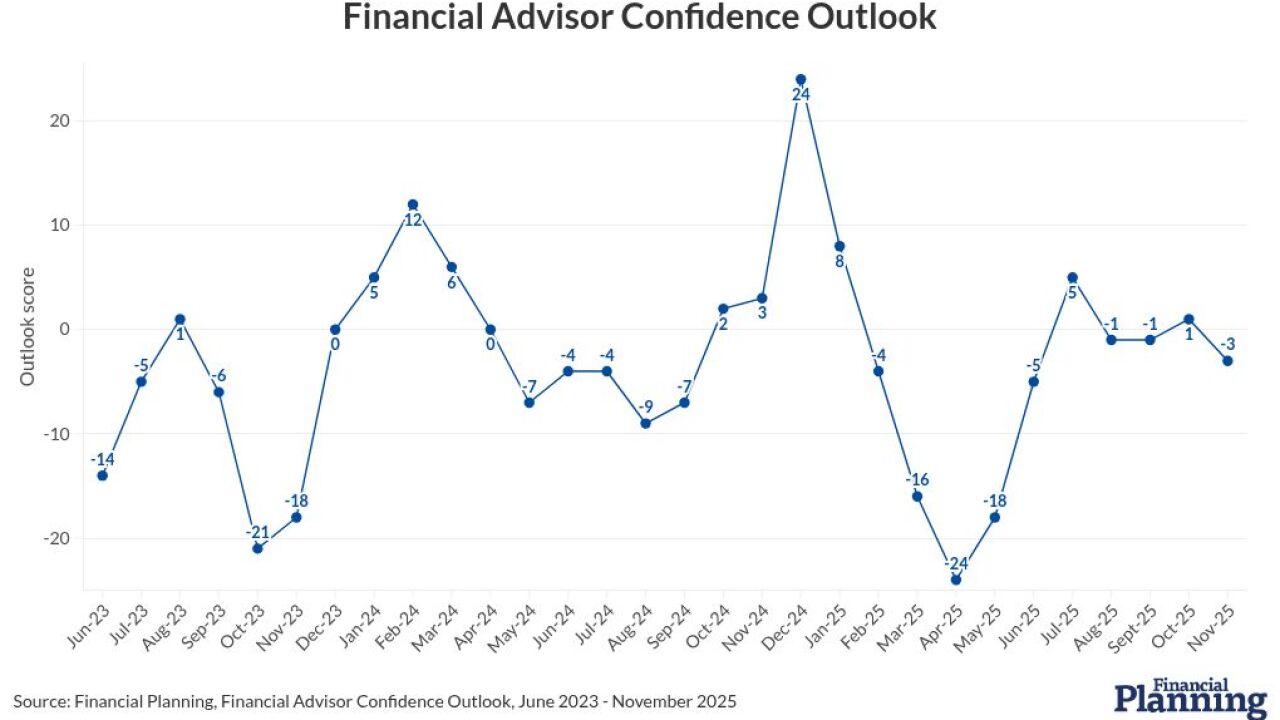LAKE BUENA VISTA, Fla. - As the population ages, insurers are adding wrinkles to life insurance and other products to serve the growing number of people who may actually live to be 100 or beyond.
Insurance companies have added maturity-extension riders to annuities to assure coverage beyond 100. Meanwhile, immediate annuities now allow aging policyholders to tap their cash. In the past, annuitization was an irrevocable decision.
Anna Rappaport, an actuary with William Mercer of Chicago, says that more insurance companies are adapting policies to meet the needs of the aging population. She expects businesses that target the elderly to continue to grow as people live longer.
The number of people who are at least age 85 is expected to more than triple from a current 4.3 million to 14.3 million in 2040, Rappaport said, during a recent address before a symposium of the Society of Actuaries here. Meanwhile, 60% of those who live beyond age 85 are expected to develop some chronic disability.
New-generation variable life insurance policies are reflecting the needs of policyholders with longer lifespans.
Take a new variable universal life policy offered by Phoenix Life Insurance Co. of Hartford, Conn. The Phoenix Life Edge is a survivorship life policy that insures two lives instead of one and pays a death benefit on the second insured. The policy is typically placed in an irrevocable trust, so that it is not considered part of a taxable estate. When the second spouse dies, the proceeds are used to pay estate taxes or to provide funds for the policyholder's heirs to continue a family business.
Jeffrey Swenson, assistant vice president of Phoenix Life's variable product distribution, says age100 is a popular rider. However, he also noted that new mortality tables that the insurance industry will adopt in 2004 will force insurers to extend coverage to age 120.
Nationwide Financial of Columbus, Ohio, has a life insurance policy with a maturity extension provision beyond age 100 to assure that a customer does not outlive the policy.
On the annuity side, John Hancock Financial Services of Boston launched a long-term care insurance rider with its variable and whole life policies. The premiums for a policy with this rider are about 5% higher than a standard policy. Policyholders have a choice of using 1% to 4% of death benefit to cover the monthly cost of long-term care.
"People are living longer and the long-term care coverage is attractive," said Paul Strong, vice president of retail life products for John Hancock Financial Services.
"Long-term care riders on life insurance are really wonderful for seniors," said Marilee Driscoll, president of the Long Term Care Institute in Plymouth, Mass. "It costs less for a long-term care rider than it does to purchase long-term care insurance."
However, Driscoll warned that owning insurance products becomes a problem if someone wants to pay down assets to qualify for Medicaid. To qualify, Driscoll said the annuity and life insurance would have to be put in the policyholder's spouse's name. Those with immediate annuities may also run into trouble if they plan to go on Medicaid. Income from the immediate annuities, depending on state law, could go to the nursing home.
"Medicaid planning should be a last resort," Driscoll said. "It is better to plan in advance for long-term care coverage and income protection."





